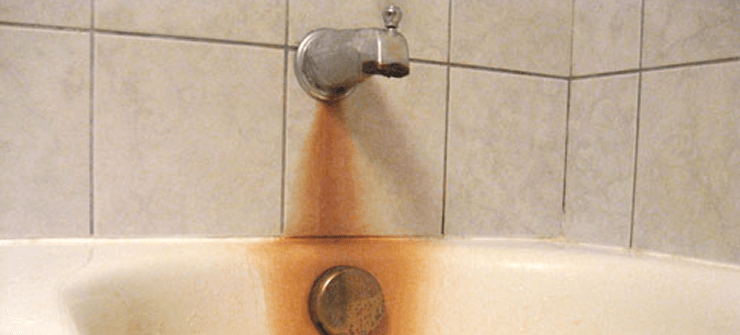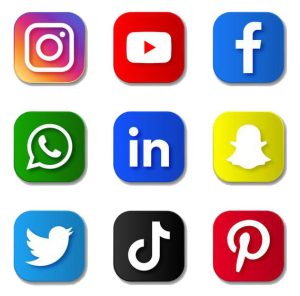Spark the Spark: How Active Paying Attention Can Transform Your RelationshipSpark the Spark: How Active Paying Attention Can Transform Your Relationship
In the complex dancing of love and partnership, communication works as the leading rhythm, determining the flow and consistency of the relationship according to charlotteaction.org. Yet, communication is more than just trading words; it’s about truly understanding your partner’s internal world, their joys, fears, and dreams. One powerful tool that can raise your communication to brand-new depths is active listening. This technique exceeds just hearing words; it involves totally interesting with your partner, understanding their emotions, and responding with compassion.
Energetic listening requires mindful effort. When your partner speaks, lean in, make eye get in touch with, and stand up to the urge to disrupt. Give them your undistracted focus, allowing them the room to reveal themselves fully. Once they have actually finished, reword what you have actually heard to ensure you recognize their message precisely. This easy act demonstrates regard and shows that you value their viewpoint. By producing a safe area for open expression, you nurture a deeper connection and foster emotional intimacy.
Consider John and Lisa, a pair that have been married for 15 years. They attribute much of their happiness to the practice of energetic listening. Every evening, they develop a sacred room for connection. Phones are silenced, the television is off, and interruptions are eliminated according to https://charlotteaction.org.
During this specialized time, they delve deeper than surface-level conversations, checking out the feelings and experiences that have shaped their day. This ritual has woven a tapestry of affection, enhancing their bond and maintaining their love alive.
Energetic listening likewise involves recognizing that communication designs are often influenced by private backgrounds and past experiences. Possibly your partner matured in a family where sharing emotions was inhibited. Comprehending these subtleties permits you to approach your partner with perseverance and compassion. By recognizing and recognizing each other’s challenges, you develop an environment where both of you can expand and advance, both separately and as a pair.
Beyond words: Embracing Non-Verbal Cues.
While words hold tremendous power, communication extends beyond verbal expression. Non-verbal cues, such as body language, facial expressions, and tone of voice, can talk volumes. Take notice of these refined signals. Is your companion leaning away, their arms crossed? Are their eyes downcast, their voice subdued? These signs could show pain or a hesitation to share.
By tuning into these non-verbal hints, you obtain a much deeper understanding of your companion’s emotional state. This recognition allows you to react with sensitivity and readjust your communication style accordingly. Probably a gentle touch, a cozy embrace, or just acknowledging their unmentioned feelings can bridge the gap and cultivate a sensation of closeness.
Structure Bridges: Communicating with Empathy and Recognizing.
Reliable communication is the keystone of any kind of effective relationship. It’s about constructing bridges of understanding, compassion, and connection. By proactively listening to your companion, you demonstrate regard, validate their sensations, and develop a safe house for open and sincere discussion.
Remember, communication is a two-way road. Just as you strive to understand your partner, be open to sharing your own ideas and sensations authentically. Accept vulnerability, share your needs, and want to pay attention with an open heart when your partner does the exact same.
Cultivating a culture of active listening and compassionate communication takes time and initiative, yet the benefits are countless. By nurturing this crucial facet of your relationship, you strengthen your connection, enhance your bond, and maintain the fire of love burning bright. As you embark on this trip of common understanding, you’ll discover that efficient communication is not almost exchanging words; it has to do with producing a romance that is both profound and enduring.




